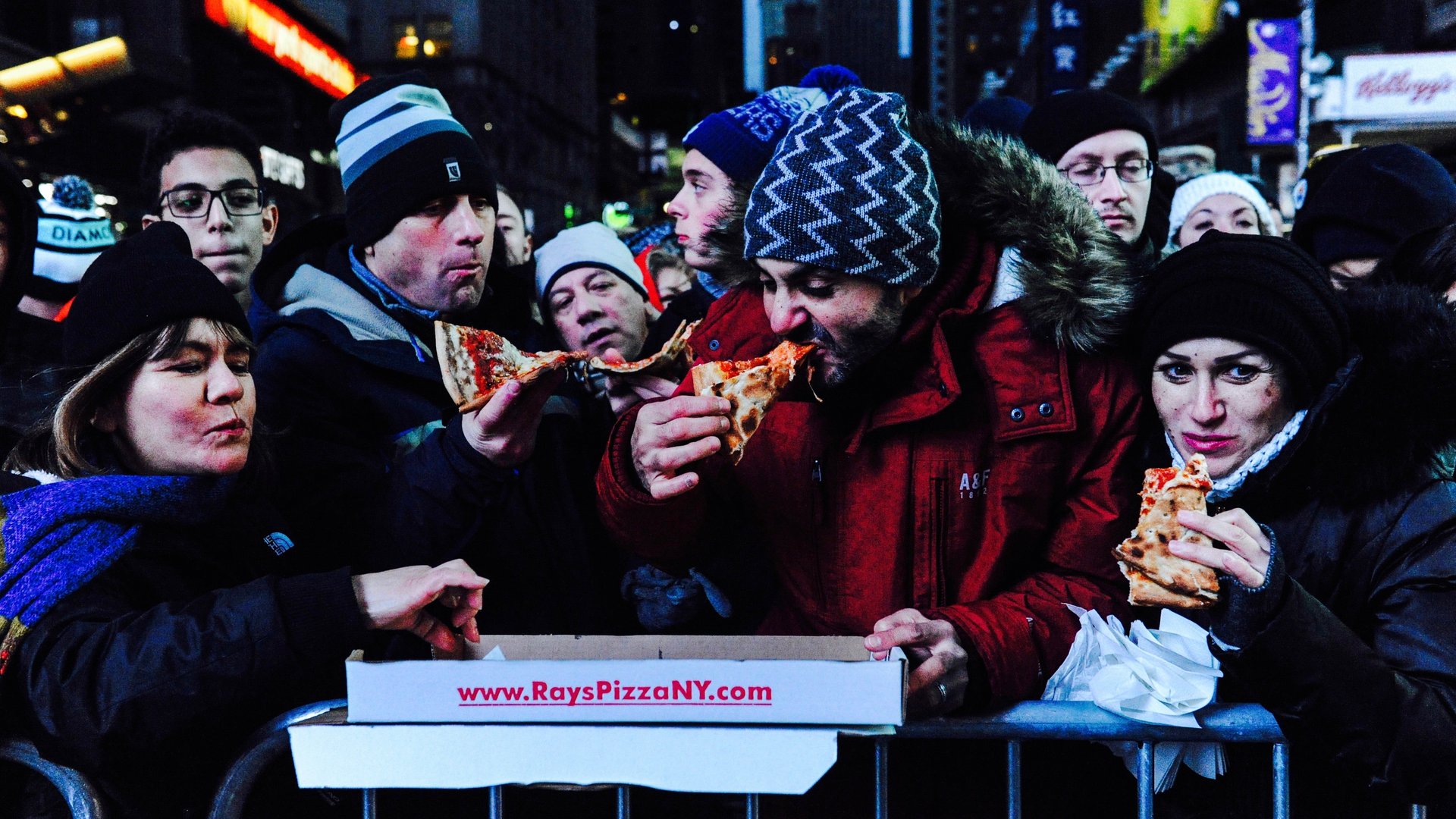No creature who encounters pizza remains unchanged—including mice
The dining habits of city versus country mice have long been used to highlight the virtues of a simple life. In the classic morality tale “The Town Mouse and the Country Mouse,” first recounted by Aesop in the sixth century BC, an urban rodent visiting his country cousin snubs the modest food there and urges him to try fine dining in town. They return together, happily feasting on jellies and cakes, until they’re hounded by dogs. The country cousin flees, exclaiming, “Better beans and bacon in peace than cakes and ale in fear!”


The dining habits of city versus country mice have long been used to highlight the virtues of a simple life. In the classic morality tale “The Town Mouse and the Country Mouse,” first recounted by Aesop in the sixth century BC, an urban rodent visiting his country cousin snubs the modest food there and urges him to try fine dining in town. They return together, happily feasting on jellies and cakes, until they’re hounded by dogs. The country cousin flees, exclaiming, “Better beans and bacon in peace than cakes and ale in fear!”
Now city and country mice are instructing scientists on the biological effects of urbanization, and just as the old story suggests, urban mice are fundamentally different. A small study conducted by biologists from the State University of New York and Fordham University, and published in Molecular Biology (paywall) on Oct. 26, suggests that city mice are evolving to accommodate fast food in their diets. It seems no New Yorker—mice included—would deny that a slice is nice.
For their research, the biologists captured 48 white-footed mice, a species native to the New York region, from inside city parks and nearby rural areas. They extensively analyzed the animals’ RNA, looking for differences in gene expression between mice who lived in the city and those who lived in the country. The researchers say they isolated 19 important distinctions in genes associated with digestion and metabolic processing.
The city mice’s biological evolution bears similarities to that of humans. Like us, they seem to have selected a gene involved in the synthesis of omega-3 and omega-6 fatty acids, which are important to tissue function and which humans likely selected while transitioning from hunter-gatherers to agriculture about 12,000 years ago, during the neolithic age.
The biologists also found that city mice had genes associated with non-alcoholic fatty liver disease, suggesting Big Apple rodents are probably eating a lot of fatty acids, which are prevalent in fast food. Urban mice also had larger livers with more scar tissue than their country cousins. ”Our results indicate that white-footed mice in NYC are adapting at the bio-molecular level to local selective pressures in urban habitats,” the paper concludes.
The biologists noted that they don’t believe NYC’s white-footed mice are subsisting on pizza, fries, and cheeseburgers alone—like their country cousins, these mice are probably also gathering fruits and nuts in city parks. But the scientists do think this is an example of the “cheeseburger hypothesis,” which posits that urbanized animals boost caloric intake with human food waste, most notably fast-food remains. More extensive study is needed to better understand how urbanization is transforming city mice, but it certainly seems Aesop was onto something.